

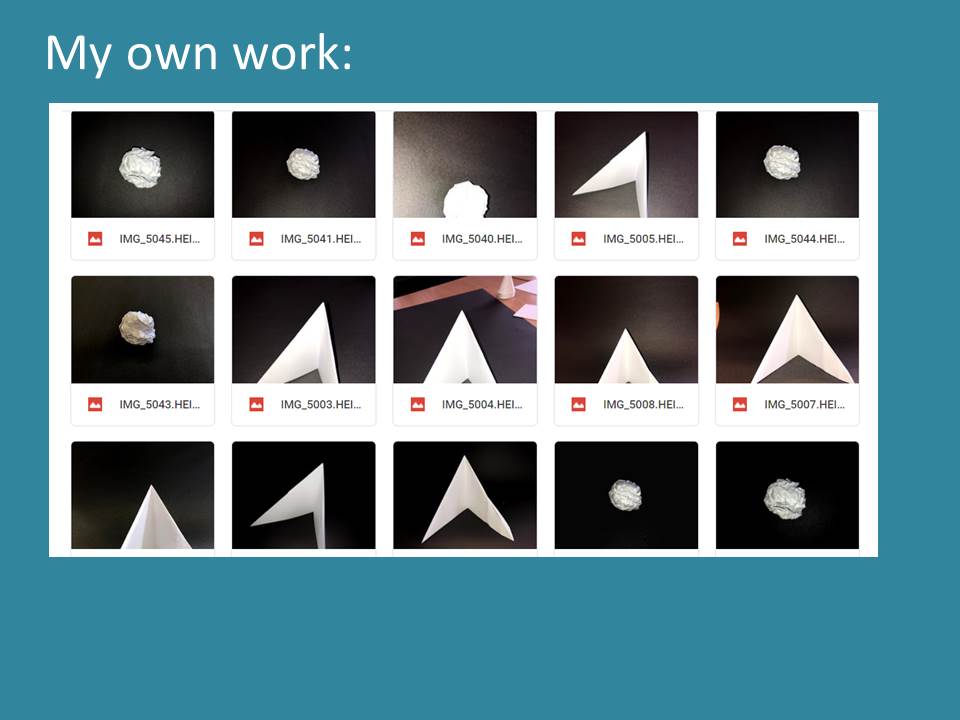
Category Archives: Uncategorized
Filters
week 1-white paper challenge
In my very first a level photography class i was challenged like the rest of the photography student to take a picture of only a paper with my phone camera, and i was up to the challenge.
So i grabbed my phone with the really bad camera and picked up a paper and started experimenting shapes that i can create from a single sheet of white paper.its really just about being creative at this point you really just need to experiment as much as you can and think ahead on how are you going to take the picture, at what angle, what lighting……..
I saw that most of the students where just trying to copy the photograph of a paper in the form of a ball that the teacher showed us, so i wanted to do something else. so i grabbed a ruler and my paper and started folding the paper around the ruler to create a zigzag paper.
After i did the paper now i should plan on how am i going to take the picture, i decided to use the flash on my phone since there was not enough natural light to create shadows. but i wasn’t sure at what angle should i take the photo so i experimented from two angles and this is what i came up with:
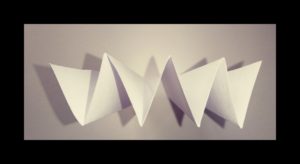
so this one i took it from above the paper and used the light in the room to create that zigzag shadow around the paper.

this one i just took it from the side, and the light from the sun through the window also created some shadow on the paper.
and as you can see both photos where edited and that was using a phone app, since the challenge included only using phone there was no other way to do it.
in the first photo i used a light filter called vintage which makes the photo a bit dim and yellowish, i also used a tick black frame alongside cropping to adjust the paper in the middle of the picture.
in the second one i used a light filter called x process, which makes the photo brighter and blueish , i cropped some obstacles from the photograph and i used a frame with a little bit of texture to create some movement in the photograph.
Compare&Contrast Edgar Martins
Edgar Martins
He was a Portuguese photographer who is currently living in the United Kingdom. He was born in 1977 in a small town area called Évora, although Martins grew up in China. However Edgar doesn’t just base all his creativity in the photographic area but he has also published a hand full of books in which he has won a variety of awards for. Martins has work exhibited in various places around the world from Portugal to places like Dubai. Not only that but Martins was considered by the UK and the US as one of the most influential artists for this generation. Not only has his work inspired our first project for photography but having looked at my new images and my now edited images there are some obvious changes in terms of contrast and the shadowing I have added to the photo to make it similar to Martin’s developments.
His images is part of a series of work inspired by the writing and sending of letters, the power and intimacy of a letter. Martins has recently won various awards for his minimal, direct and stylish approach. it is pretty evident that Martins puts a lot of thought into his images as not many artists have had the same approach as he had.
Edgar photographed paper. There is a stillness to his images that belies the fact they may have been written as suicide notes, used to communicate between prison inmates and loved ones. Martins spent time working with court, prison and parole officials and indeed, prisoners in Portugal.
Here are just some of my favourite examples of his work.
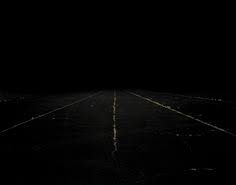
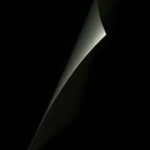
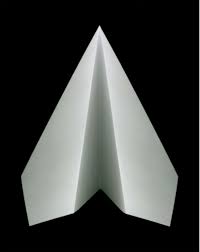
I like these images due to the contrast of lights and darks and how in the second image of the paper there is a real sharpness and contrast on how the black background sits below the white piece of paper. For me this is really eye-catching as the focus is quite vastly spread amongst the image but immediately only draws attention to the white area.
My paper photographs were not as professional as Edgar’s but there was a thought process. Here are some of my examples before I even edited them slightly.  This image was not the first set a paper photographing I did but the second. I chose to edit this image as its one that looks quite similar in terms of Edgars images .
This image was not the first set a paper photographing I did but the second. I chose to edit this image as its one that looks quite similar in terms of Edgars images .
Here I’ve changed the image lighting and added a lot of heavy shading. I’ve edited this image by adjusting the tone, brightness,exposure,contrast and black point.
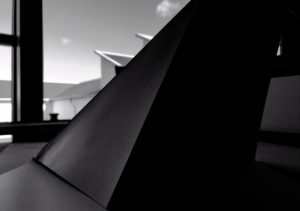
Byron Jorjorian
Byron Jorjorian’s award-winning photography has been appreciated and admired all over the world. His work has appeared in major publications including Time, National Geographic, Outdoor Photographer, Smithsonian Books and the Audubon Field Guides. He, like most, began humbly. His interest in photography started at age 11, when he got his first camera as a gift from his grandfather. This small event was life-changing for the young Byron and awakened in him an insatiable passion for photographing nature.

Byron Jorjorian has been capturing the natural world on film for over 30 years. With over 210,000 images in his files, his photographs have appeared on nationally published greeting cards, calendars, magazines, posters, murals, fine art prints, brochures, and advertising. Byron has had over 10,000 images published.
this is some of his work

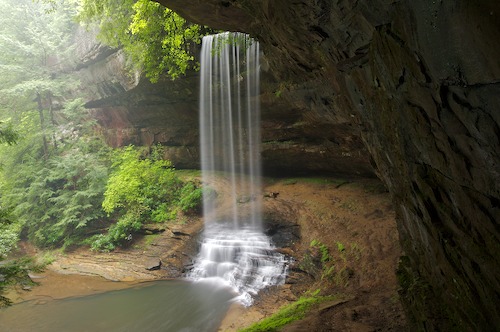


in some photos he just focuses on the obstacles in the front ground and the back ground is unfocused which gives a lot of texture and color to the photograph.
experimenting to copy his work:
i tried to study some of his work and try to copy similar
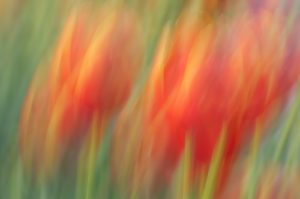
in this abstract photo we find a lot of color and movement because of the technique he used to take it, it was set on low shutter speed and taken while the camera was moving.

this is my work, i tried to copy his work by putting the camera on low shutter speed and focusing on those pink and yellow cyclamen flowers in the front and keeping the back unfocused then i took the photo wile i’m slightly shaking the camera which is why its not really similar to Jordanian’s work.

in this photo he sharply focused on the flower in the fore ground on normal shutter speed this time without shaking or moving the camera and he kept the green background unfocused to create color in the flower.

i took this photo on normal shutter speed and manual settings. i focused on the seed pod and kept the background unfocused. its not good as Jorganian’s work though because there is less sunlight and the background is not fully green, also because i was using a long lens so i couldn’t take the photo but from at least 4 meters away so that it can focus which doesn’t produce a photo as sharp and focused as a short lens camera from up close.
DISPLAYING FINAL IMAGES
Displaying final images
Final piece 1:
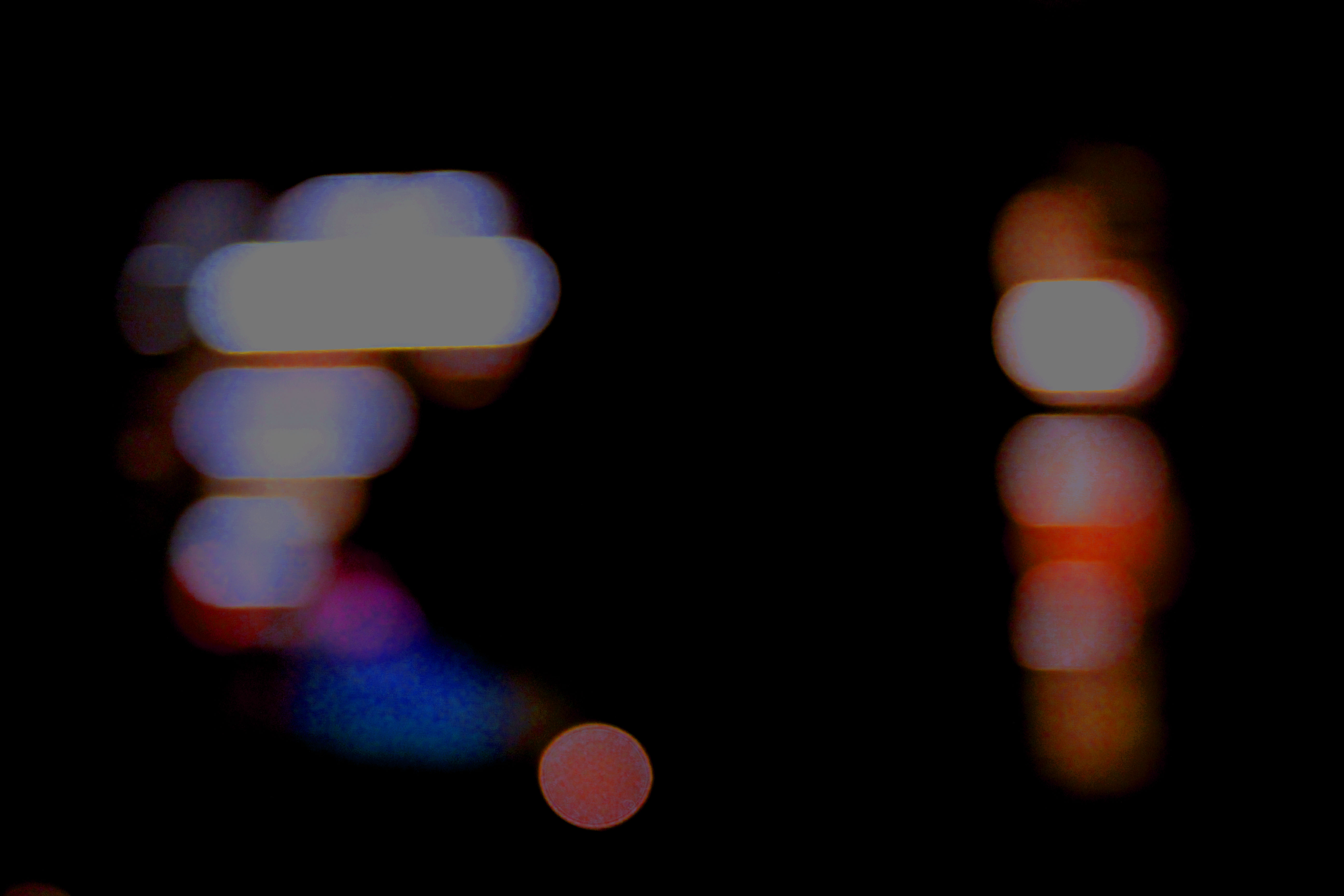
This image will be displayed in a black peep hole where there is a black frame outlining the image.
Final piece 2:
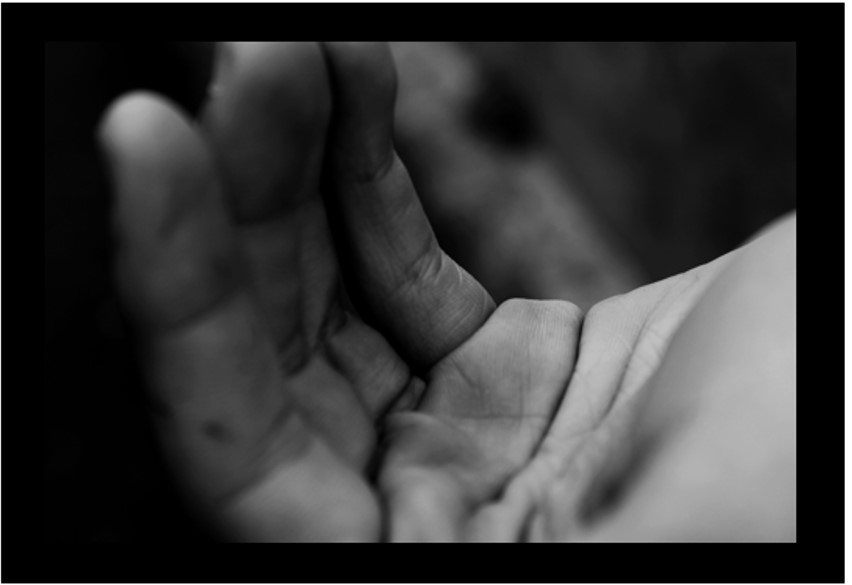
This image will be displayed in a black peep hole where there is a black frame outlining the image.
Final piece 3:

This image will be displayed in a black peep hole where there is a black frame outlining the image.
Final image 4:

This image will be displayed in a black peep hole where there is a black frame outlining the image.
Final image 5:

The groups of images will be placed on a plain white background however also be on a foam board so that the images stick out.
Mind Map – Abstract
Mind Map
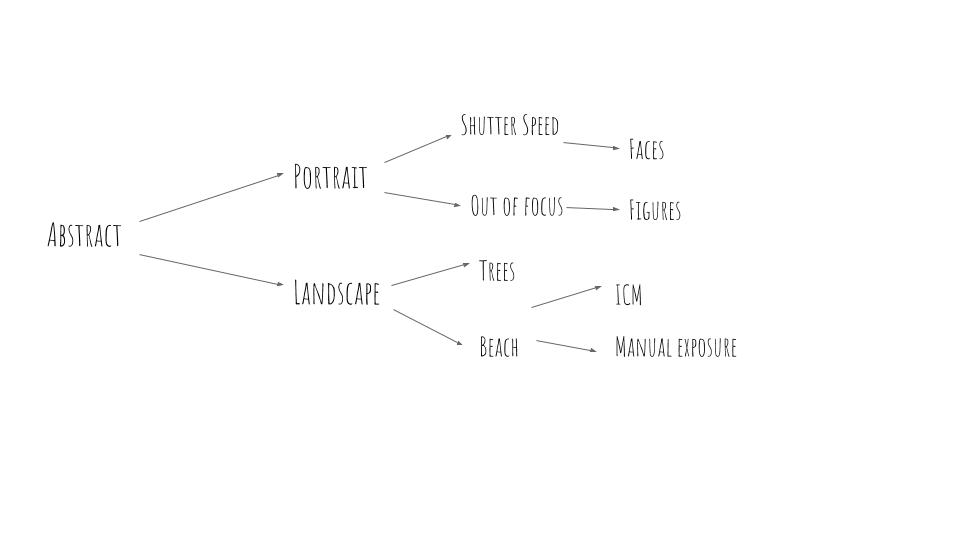
Mood Board – Abstract
Mood Board
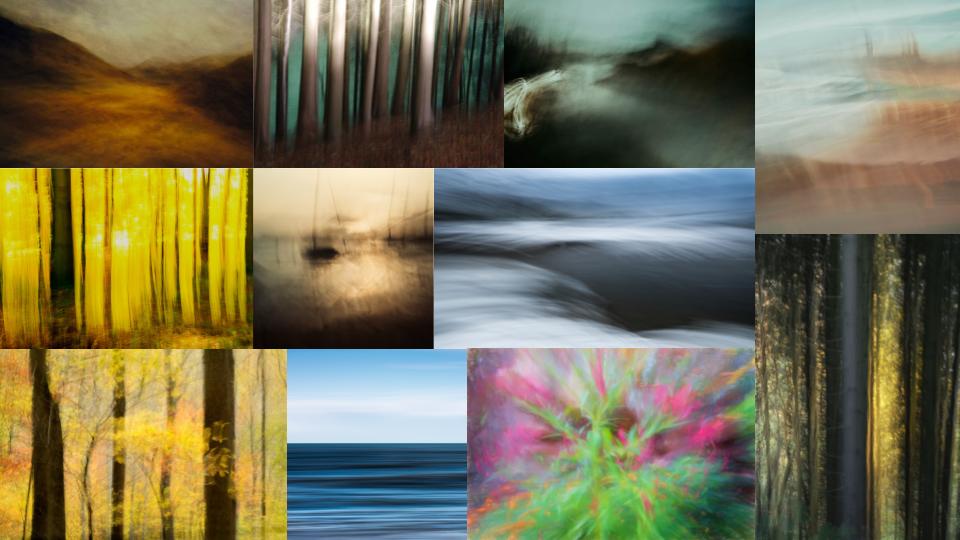
Final Images – Absract
Final Selection for Unit 1 Abstract
For my final images I decided to stick with the technique of ICM as I really liked how it looked and I think this style is where I produced the best images. I will also have one photo that is in the out of focus style as it is one of my favourite images out of the ones I have taken.
My Final Photos (A3):
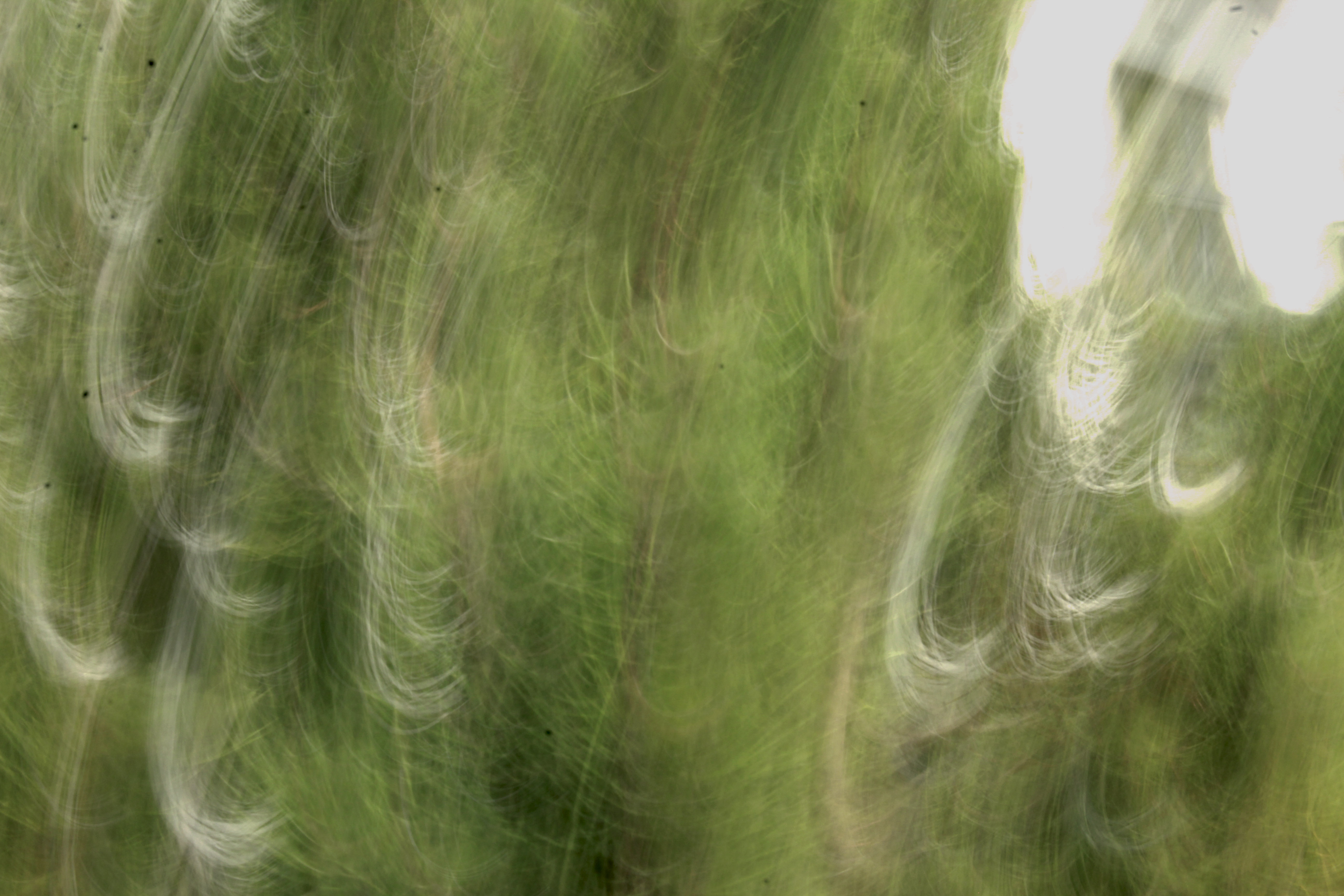
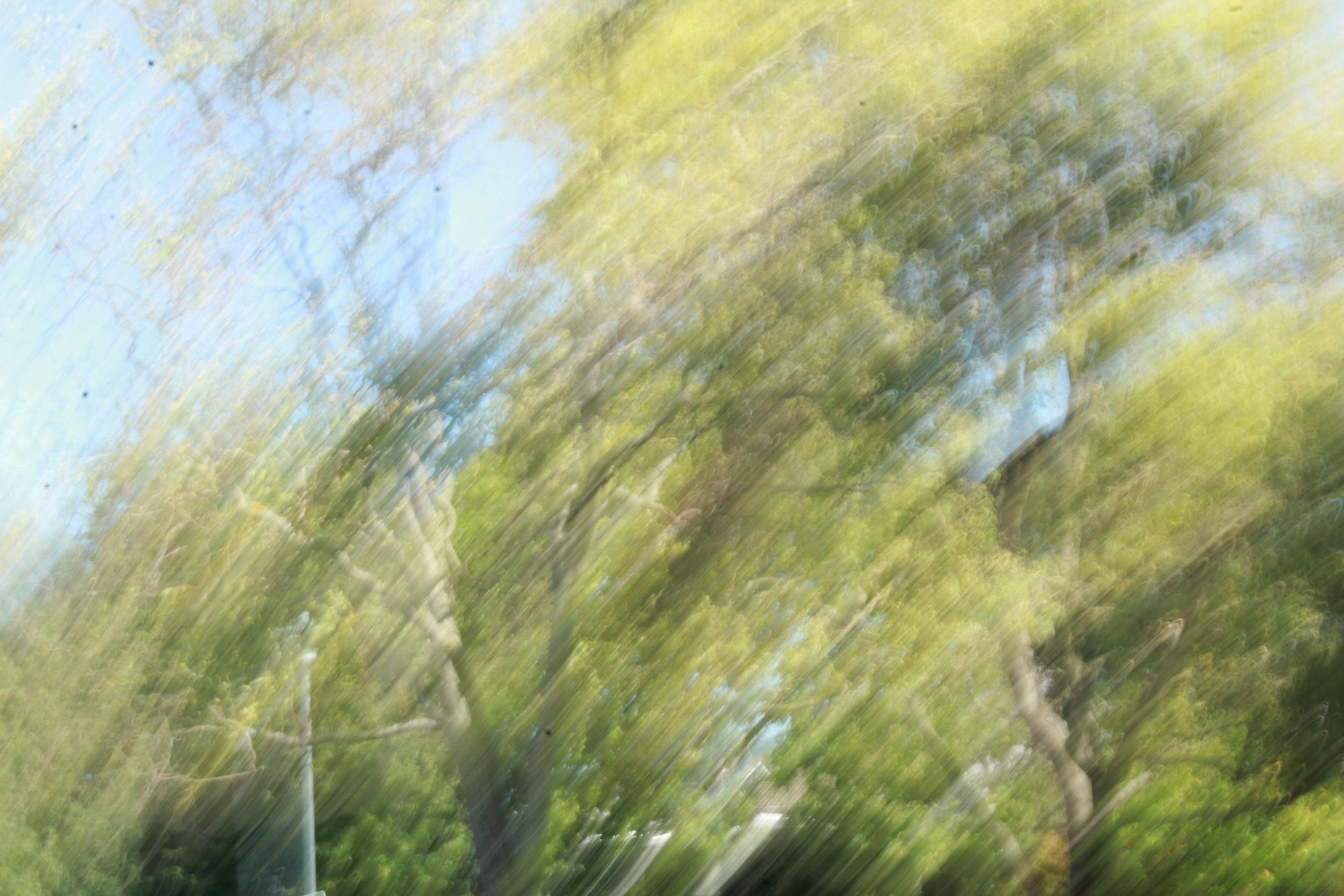
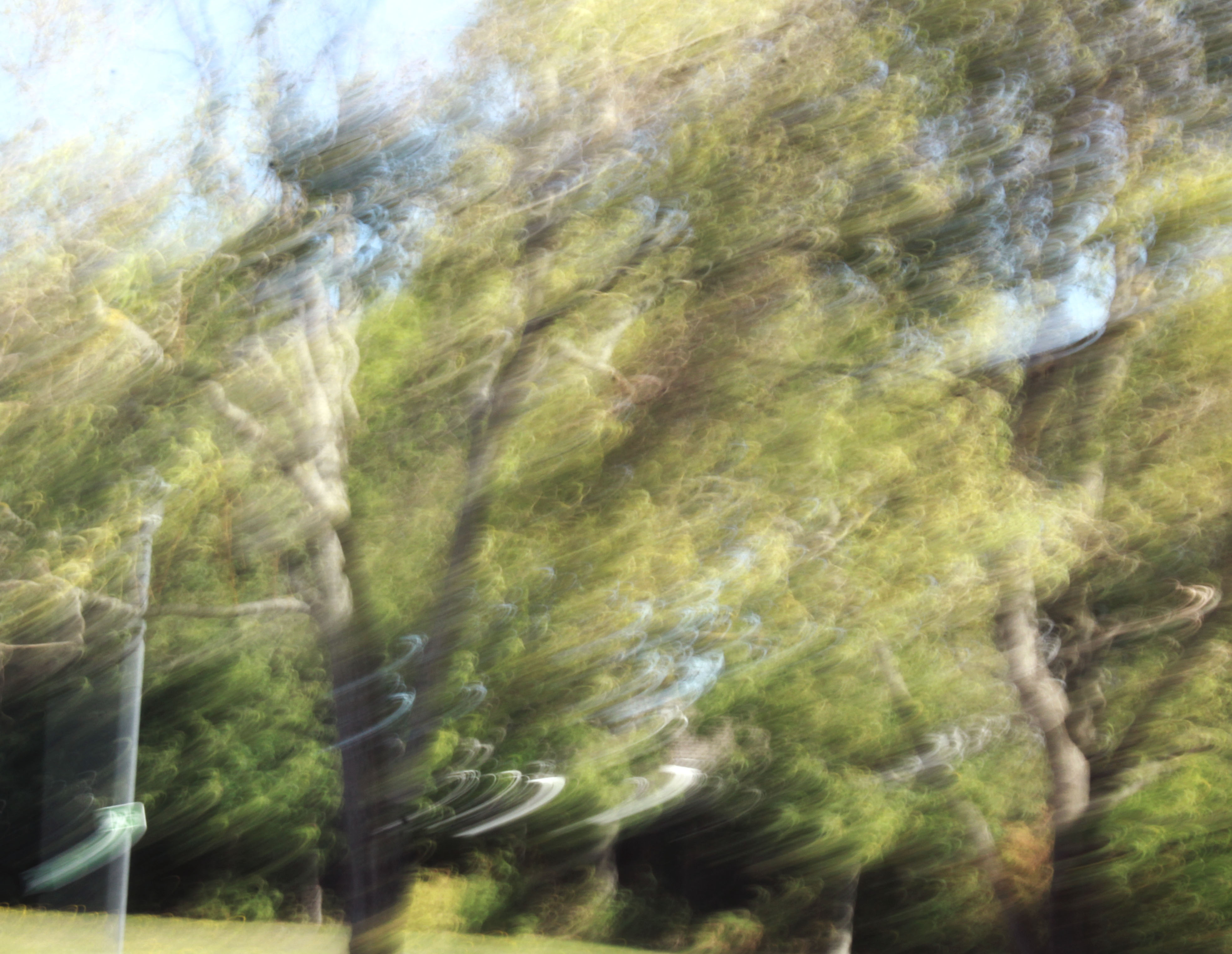
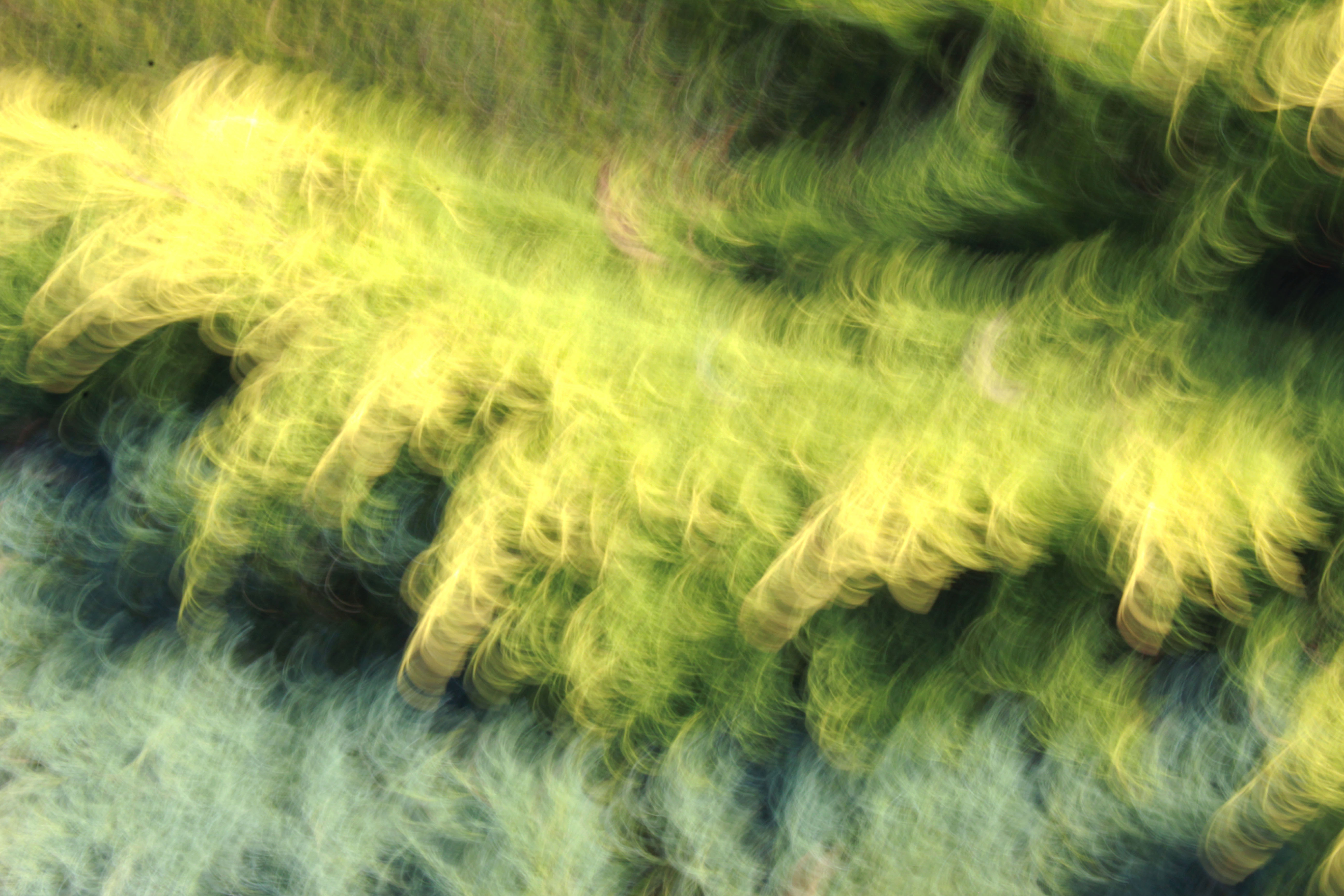
With these photos I plan to create a A3 piece with a white background and these photos on top. The A3 piece will be landscape and in colour. It will look similar to this: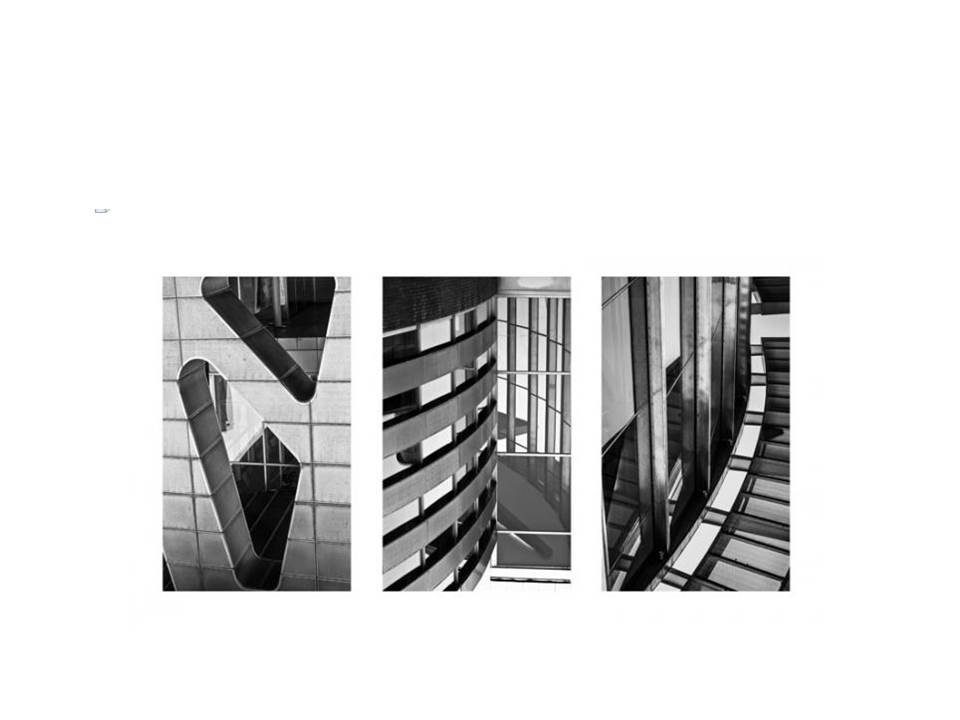
A3 Final Photo:
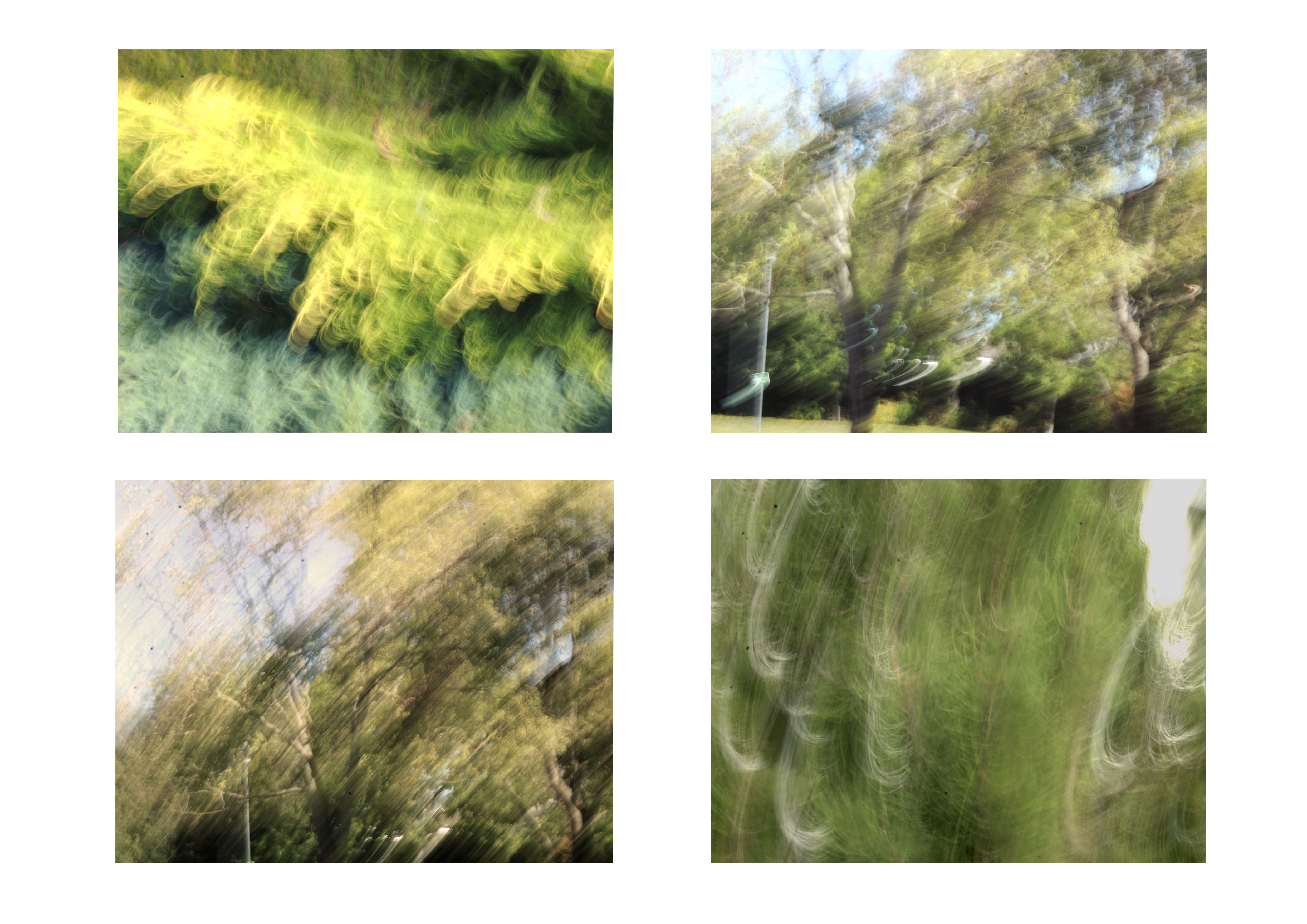
This is what my final image for the A3 print will look like. I think by putting the 4 images on the white background, it will make the photos stand out from each other, as they are all similar in colour.
My Final Photo (A4):
With this photo I will be using the image below and it will be for my A4 mounted piece. There will be no borders it will just be the image.

I have chosen this photo because I think it is one of my best photos I’ve taken. I really like how the lights stand out from the dark background, it gives it a really nice look.
My Final Photo (A5):
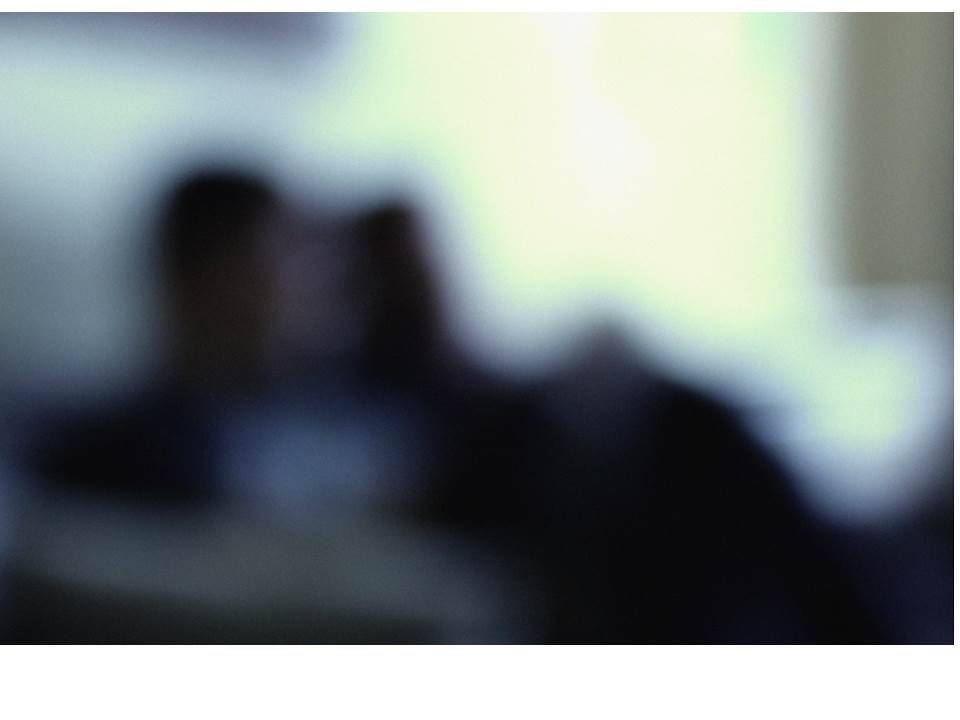
This is what I chose for my A5 piece. I chose it because I really liked the way the heads of the figures looked. Also I think I did this way of taking photos really well and executed the technique.
Evaluation:
I think overall I did a good job at choosing my final images as I believe these photos are the best ones I have taken. I also think I have edited these very well, still keeping the original image present, just enhancing the photo to make it look a bit better. I think to take this to a higher level I could’ve chosen a photo that was different from ICM, but, I still think I took the best photos in this style of taking photos. Overall I am very pleased with how this project turned out.
FInal Image selection
THE PROCESS IMAGE 1:
This image was taken at TATE modern in London, a space filled with abstract and modern day art. I particularly loved this exhibition as the space where the art was exhibited in was flooded with natural light. Combining this with the crisp and clean white backdrop allowed me to capture some truly beautiful images that showed of the subtleties in each image. The space was also very large and open which allowed me to maneuver my camera without the disturbance of other people or pieces of art.
This was in my opinion one of the most successful images from this photo shoot, therefore making it into my final selection. I reflected up on many different photo shoots from the last couple of months in order to make my selection, even going through images which i have previously discarded as i have learned throughout the past couple of months that almost any image can be transformed through simple editing and cropping, Image 1 i thought initially was too simplistic and quite frankly boring, yet i have discovered that minimalism is a very real and valid form of photography therefore i reconsidered the image. After reviewing the image, i found that it actually holds many different aspects and qualities, like the interesting creasing of the fabric and the contrasting textures of the wall and the floor.
CRITICAL ANALYSIS OF IMAGE 1:
TECHNICAL: For this photo shoot I approached each image in the same way, setting my focus to auto as each piece of art work was fairly big and i did not focus in on small details therefore setting it to manual would be totally useless. I kept my exposure throughout the photo shoot at 400 as each large, white hall was filled with natural light, the bright white walls added to extra light bouncing into the camera. I kept it at a stable level as i wanted to prevent the images becoming overexposed. I switched on my white auto balance setting as again the white walls created problems with the colors of the art work becoming washed out and dull. I set the shutter speed 1/60 as i wanted to create very clean and crisp images that show all aspects of the art work.
VISUAL: One of the most notable aspects of this image i find are the shadows created by the large creases in the draping fabric, the intensity of the shadow increasing the further down the fabric that the eye travels. All aspects of this image are crisp and clean, the high shutter speed to which i set my camera meant that the image is sharp. There is contrast in texture all around in the image, from the rough surface of the fabric, the smooth and matte white wall, to the glossy grey-black floor. The rule of 1/4 applies to this image as most of the subject is contains in the first 1/2 and 1/3 of the image. There is also a sense of repetition in the image through the even creases that go down the fabric sheets and the 3 sticks that mirror each other. Although the image is already bright, a lot of the light is hitting it from the top right hand corner, creating a slightly deeper shadow on the left side of the sheet. The colors in this image are very simple, consisting of a slightly blue toned white, a grey-black and caramel beige. There are many sharp lines which cut through the image such as the separation between the wall and floor, but also the 3 sticks which prop up the fabric which gives the image some geometry and symmetry.
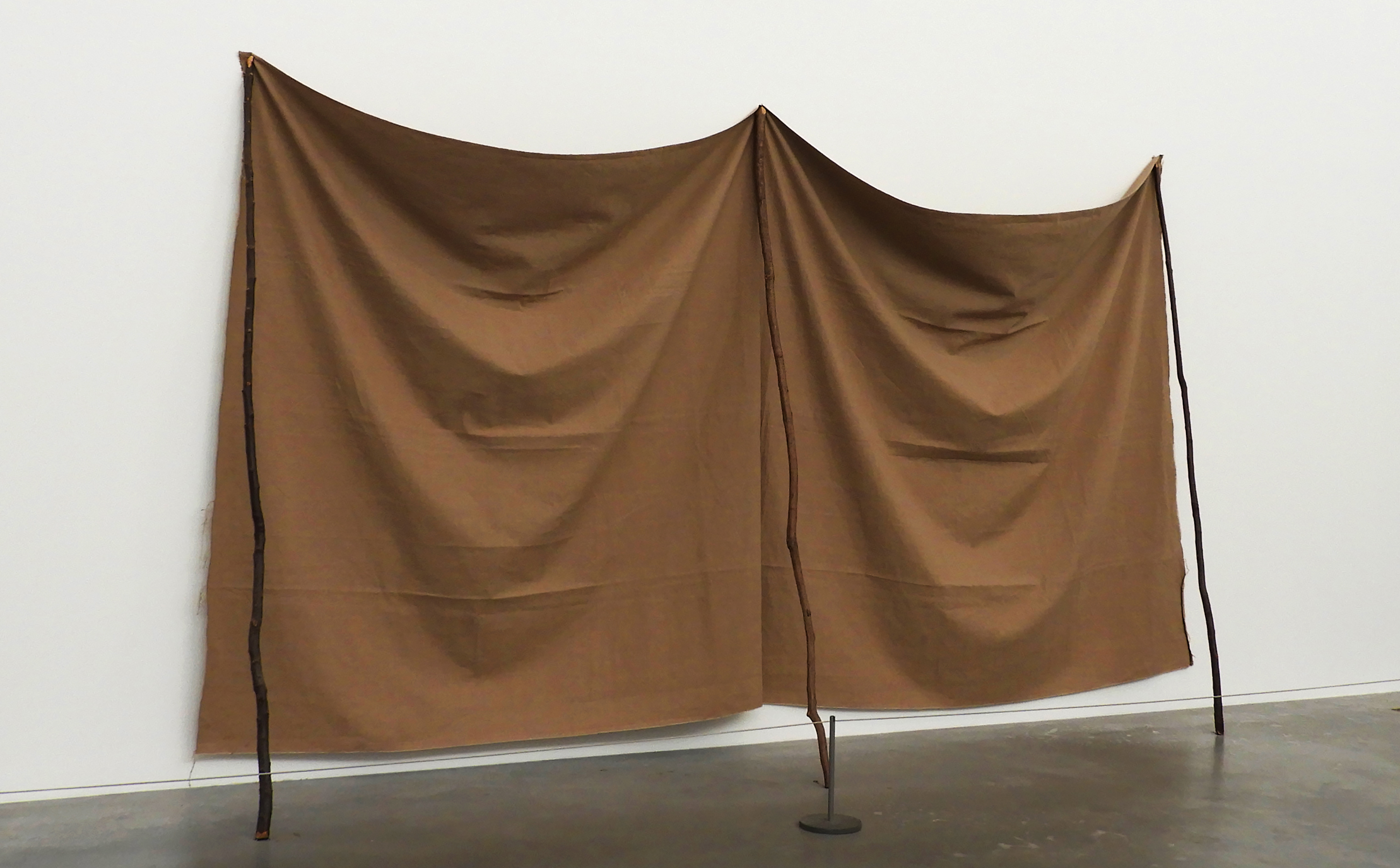
CRITICAL ANALYSIS OF IMAGE 2:
TECHNICAL: For this photo shoot I approached each image in the same way, setting my focus to auto as each piece of art work was fairly big and i did not focus in on small details therefore setting it to manual would be totally useless. I kept my exposure throughout the photo shoot at 400 as each large, white hall was filled with natural light, the bright white walls added to extra light bouncing into the camera. I kept it at a stable level as i wanted to prevent the images becoming overexposed. I switched on my white auto balance setting as again the white walls created problems with the colors of the art work becoming washed out and dull. I set the shutter speed 1/60 as i wanted to create very clean and crisp images that show all aspects of the art work.
VISUAL: This image overall is very busy and overwhelming with the density and contrast in shape, texture and color. Firstly there is a sharp contrast with the texture in the image, with the white, glossy floor and the ragged and varying fabric of the sculptures. Although being very different, create harmony as an image. The light hitting directly above from the image creates depth and shadow which is cast onto the floor, creating a sort of subtle reflection. The larger the shape, the more dramatic and deep the shadows become. There is a lot of repetition in this image, not only through the editing and mirroring the image, but also the varying round shapes of the sculptures that fill up the image. The small white line creating a border around the sculpture in a way breaks the harmony and separates the image from the chaos of the sculpture and the smoothness of the floor.
CONCEPTUAL: Magdalena Abakanowicz began sewing three-dimensional objects with sacking, stockings, rags and rope in the 1970s.
These cocoon-like objects reflect Abakanowicz’s interest in biological systems, organic matter and regeneration, topics she discussed with scientists in her native Poland. In response to a commission to represent Poland at the Venice Biennale in 1979, she made hundreds of soft sculptures of varying shapes and sizes, ‘rounded like bellies, or elongated like mummies,’ as she described them. Abakanowicz collected old mattresses, clothing and sacks to create this ‘invented anatomy’ of forms and installed eight hundred in Venice under the title Embryology.
CONTEXTUAL: Made at a time of political tension between the Soviet Union and Poland, Abakanowicz has said the work ‘could be understood as a cry from behind the Iron Curtain’. She had come to prominence in the 1960s with a series of large woven sculptures called Abakans. At the time, the Polish state would not allow her to buy or rent a studio, so she made them on a loom in a friend’s basement, using sisal from discarded ropes. Without a large space in which to work she would often see her pieces in their entirety for the first time only when they were installed in exhibitions.

CRITICAL ANALYSIS IMAGE 3:
TECHNICAL: For this photo shoot I attempted as much as possible to recreate Meatyard’s “zen sticks” series. I particularly focused on exposure settings, focus control, and depth of field. The photograph below was taken of a dead tree, of the branches facing upwards towards the sky. Meatyard’s images are all very dark and dramatic therefore I chose to do my photo shoot during the evening, on a stormy, grey day. I increased the exposure to 800 in order to capture the branches in a dark setting yet still have some highlights and shadows. The dark night, and mid-range ISO setting meant that the image contracted a lot of motion blur, the effect which i was aiming to get.
VISUAL: It resembles the work of Meatyard in many ways. The dark evening also meant that the resolution of the images decreased and became more grainy. The branches of the tree were also quite far up meaning i had to decrease the depth of field and zoom in, again compromising the quality of the image. The grainy texture of the image I feel adds to the overall aesthetic of Meatyard’s work: old and worn. The differences in motion blur also create a focal point in the image, with the central branch being less blurred than the outermost parts of the image. The image is also quite underexposed which further adds to the dramatic and intense tone, giving it almost a Gothic aura. There is a very apparent sense of space in the photo as the lack of branches in the top left hand corner of the image freeing up space. There is also a lack of light in this image due to both the time of day the image was taken and the lack of exposure adjustments made on the image during editing as i wanted to retain the dark theme.
CONTEXTUAL: Ralph Eugene Meatyard (1925–1972) lived in Lexington, Kentucky, where he made his living as an optician while creating an impressive and enigmatic body of photographs. Meatyard’s creative circle included mystics and poets, such as Thomas Merton and Guy Davenport, as well as the photographers Cranston Ritchie and Van Deren Coke, who were mentors and fellow members of the Lexington Camera Club. Meatyard’s work spanned many genres and experimented with new means of expression, from dreamlike portraits—often set in abandoned places—to multiple exposures, motion-blur, and other methods of photographic abstraction. He also collaborated with his friend Wendell Berry on the 1971 book The Unforeseen Wilderness, for which Meatyard contributed photographs of Kentucky’s Red River Gorge. Meatyard’s final series, The Family Album of Lucybelle Crater, are cryptic double portraits of friends and family members wearing masks and enacting symbolic dramas.
CONCEPTUAL: Meatyard stated in a lecture to the Louisville Photographic Society, he was involved in working on no fewer than 12 “methods, series, subjects.” Among them were what he called “photographs made under the influence of Zen,” shown here with the title “Zen Twigs.” While the images are very minimalist, they deal with growth and decay, is impressive, they are familiar enough to be looked over lightly. A particularly beautiful one (untitled, like much of Meatyard’s work) shows a young trunk sprouting — or seeming to sprout — a branch that curls around it in a wiry loop, the whole almost a visual haiku. The simplistic tonal range of the image is effective in portraying the theme of deterioration and degeneration. Meatyard has clearly used a very narrow field o view, with a singular branch being in focus and the rest of the backdrop is extremely blurry. The images are in a mid-range of exposure, not too overexposed or underexposed. The light grey tones from the backdrop of the photo, highlight they unsophisticated, dead branch. The upwards growth of the branches, have strong and dark lines which cut through the sea of blurriness. The image also contains various shades of white, black, and grey, all working together to create a harmonious image. The contrast between the blurry backdrop and the foreground give the image a real sense of depth and space.
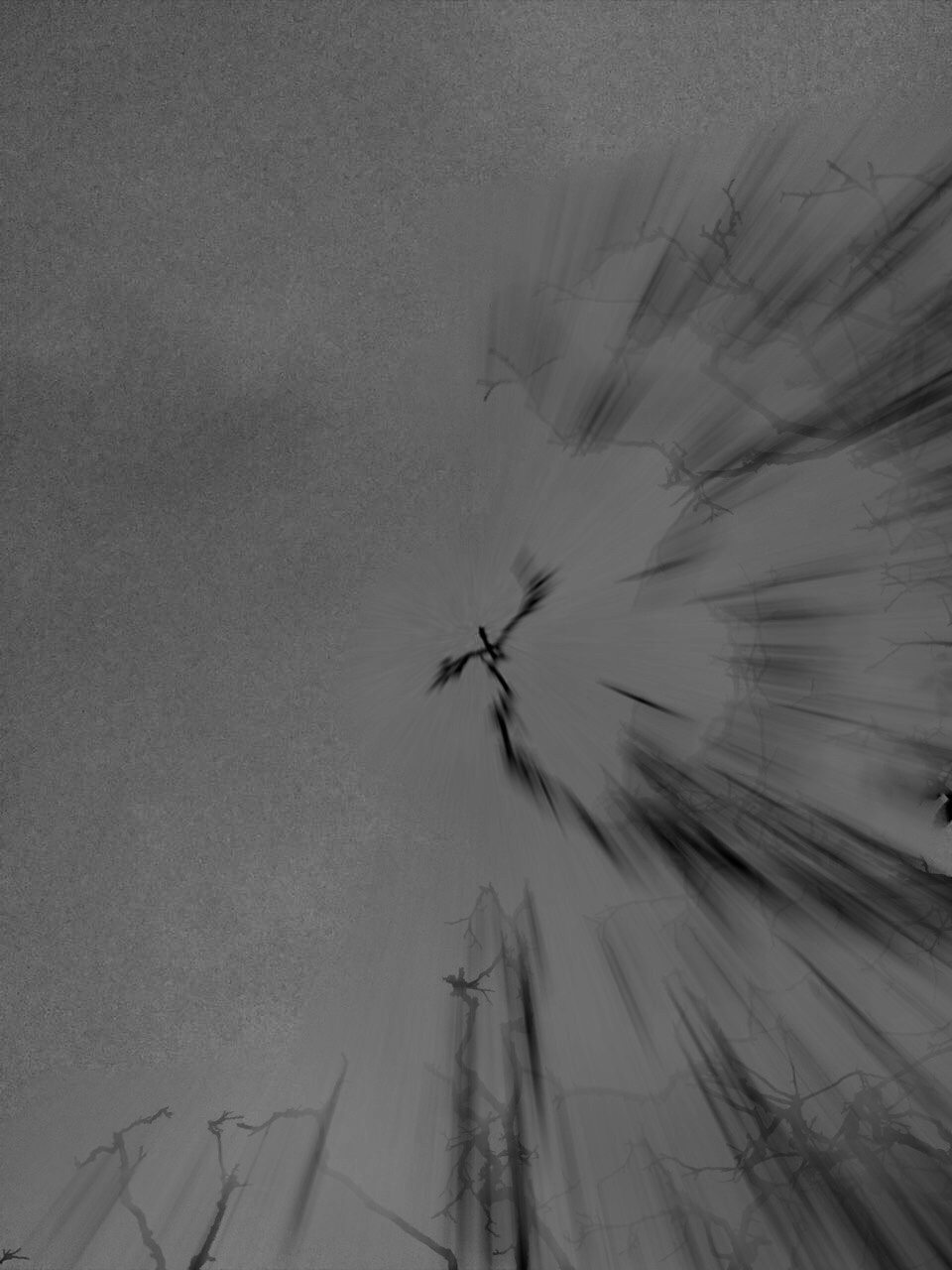
Gina Socrate: CCA Gallery
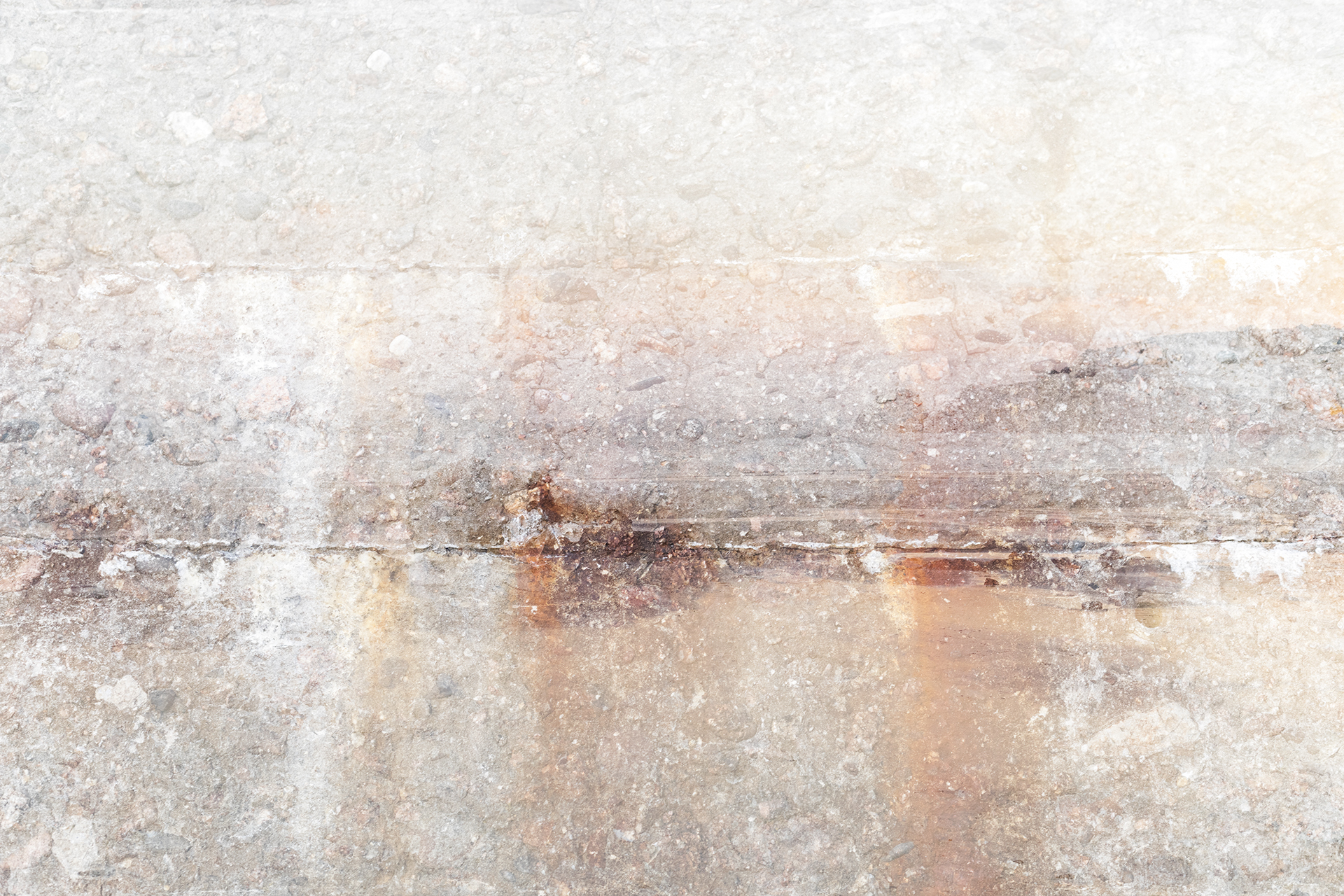
“As a photographer, I draw inspiration from the island of Jersey on which I live: its sometime soft and delicate, sometime harsh and rugged coastline,
its traditional and contemporary architecture, its abundant flora and the individual characters of the locals.
Often, I interpret my subjects in a way that renders them almost abstract by focusing on details and minutiae which may otherwise pass unnoticed.
The results are images that become visual riddles which entice the viewer to explore and interpret them, while at the same time maintaining an aesthetic
quality which can be appreciated in its own right.
Conversely, many of my photographs pull back to capture the wider picture: from expansive seascapes to distant portraits and character observations, these
images seek to offer an overall view. Minimalist and sometimes stark, these photographs are often more Spartan than my abstract work through their focusing on detail contextualised within a vast setting. “
